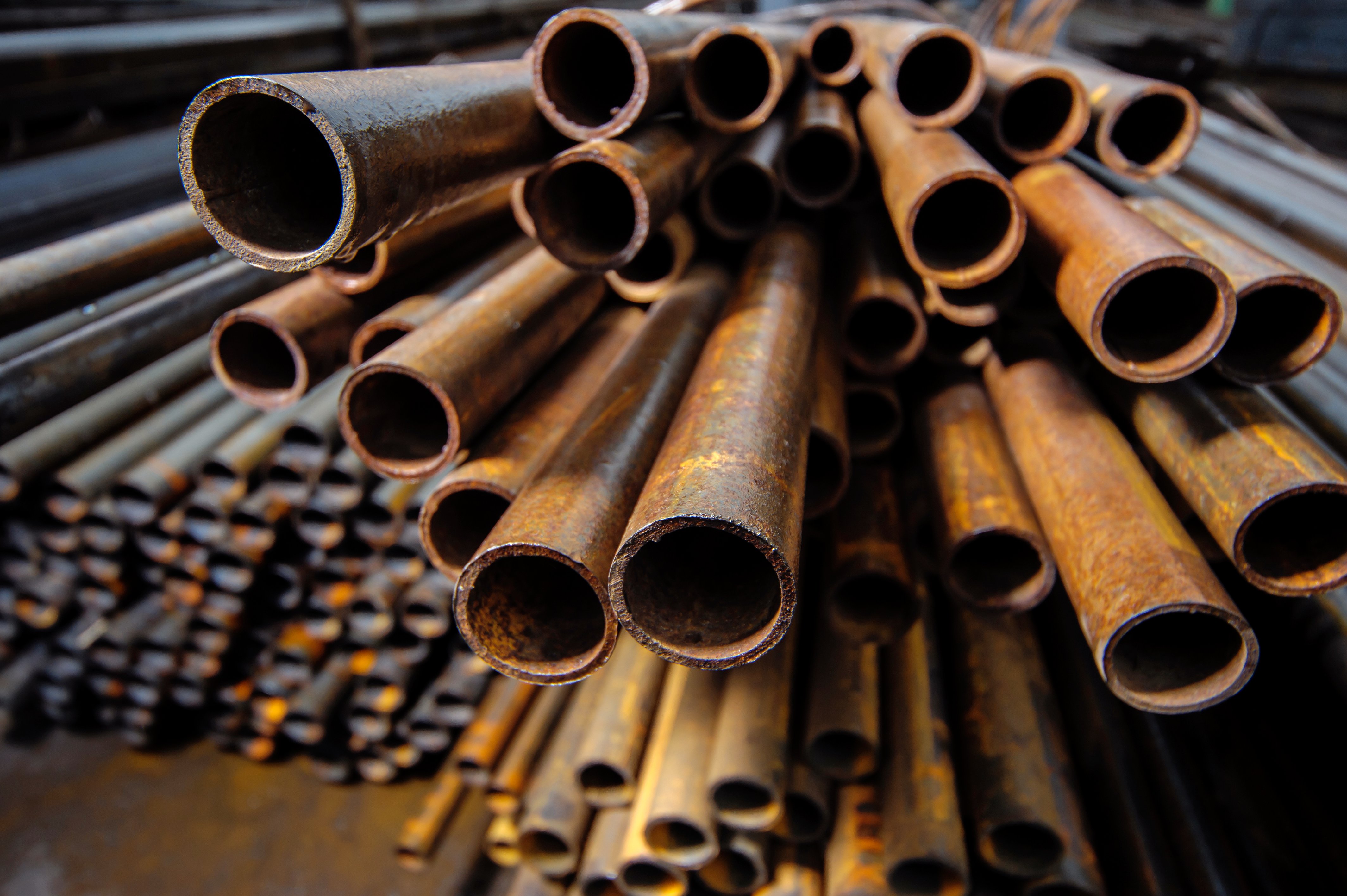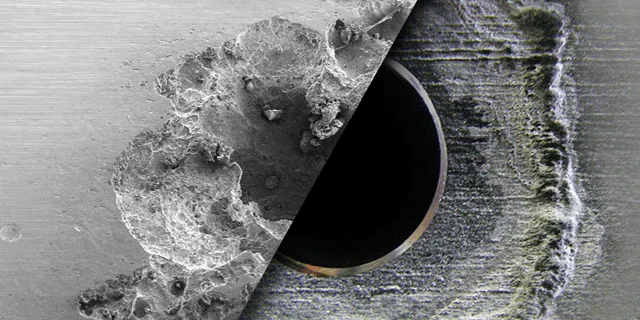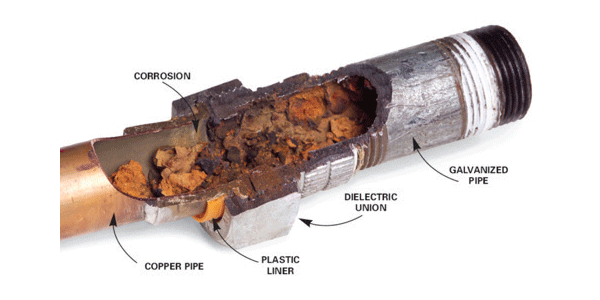Whether specifying materials for instrumentation lines, hydraulic power, chemical injection, deluge systems, or other demanding applications, special attention should be given to managing corrosion. Just about every metal corrodes under certain conditions, but with proper materials selection the threat can be minimized.
At Swagelok Minnesota | North Dakota | Appleton, we help simplify the selection process with our deep understanding of factors that contribute to corrosion, as well as the special properties of materials that help fight it. As a supplier with a diligent focus on proper materials selection, we provide:
When you can visually identify corrosion and know where to look for it, risks to your fluid system can be minimized. Better yet, when engineers can anticipate corrosion and make the best choices, system integrity, longevity of assets, performance, and safety can all improve.
You can take these steps to reduce the impact of corrosion on your applications:
Corrosion is the physical degradation of a material due to interactions with its environment. It occurs when a metal atom is oxidized by a fluid, which leads to a loss of material in the metal surface. Corrosion reduces the surface's thickness and makes it more prone to mechanical failure.

Rust appears when you have carbon steel corrosion. This occurs when iron corrodes and forms iron oxide. Many other types of corrosion exist, however, that can threaten your application. Understanding the different types of corrosion can help in your material selection process.
Keep reading to learn more about:

Read this article to gain a better understanding of two forms of localized corrosion in stainless steel: pitting and crevice corrosion. Swagelok experts cover topics such as:


Galvanic corrosion can occur when a metal comes in contact with a dissimilar metal. For example, when copper and steal components are threaded together.
You can determine the compatibility of metals by using the the Anodic Index. This chart shows which materials are more noble, which means it is less susceptible to corrosion.
Selecting the right material for all of the numerous components used in an application isn't easy. Fortunately, our products give you the options you need for greater resistance against each corrosion type. Learn more about each metal, and our high standards for their use in our products:
To maintain a reliable, safe, and efficient fluid system, you need superior raw materials combined with manufacturing excellence. Our products are designed to stand up to the demands of challenging operating environments across a wide variety of industries. You'll appreciate the quality that comes from Swagelok and its components. Consider all of the options we offer for our product lines so you can select the right component:
If you need to adhere to the NACE MR0175/ISO 15156 sour gas standard, Swagelok fluid system components made from either 316/316L or special alloys meet the requirements... Read more.
To support NORSOK standards, we can quote orders for tube fittings, pipe fittings, and select general industrial valve products manufactured from NORSOK-certified material... Read more.

Regardless of your industry or application, a strong understanding of materials science is invaluable. Let us help you get there through detailed training conducted by a materials science expert. Attend a Swagelok® Materials Science Training course to learn:
Discover the advantages of our tube fittings and how they are designed for quality and reliability.
.png?width=700&height=350&name=image%20(15).png)
Lorem ipsum dolor sit amet, consectetur adipisicing elit
.png?width=700&height=350&name=image%20(14).png)
Lorem ipsum dolor sit amet, consectetur adipisicing elit